One of the biggest events in the art-world calendar, this weekend’s Sydney Contemporary offers the chance to choose from more than 450 artists and thousands of works, ranging from paintings to sculpture and digital installations, at almost any price.
It’s all very exciting, having this cornucopia of artistic delights on offer, but also kind of… intimidating. An (admittedly privileged) example of the tyranny of choice. When you have access to such a breadth of art – not to mention the galleries and online collections that have proliferated in the past few years – how do you choose what to buy? How do you even know what you really like?
The bad news is that there’s no true shortcut to taste; you have to do some research, as art advisor Alana Kushnir points out below. The good news? Social media means you can very quickly build up a portfolio of artists to follow and keep up-to-date on what they’re creating and showing. You can also rent art if you’re the indecisive sort (or easily bored).
Here, we answer some of the most frequently asked questions about art (that we’re keen to know the answers to ourselves).
I don’t know much about art. How can I find what I like and begin to collect that?
Figuring out what style of art and artists who interest you can seem daunting, but it doesn’t have to be.
According to Kushnir, a lawyer and founding director of the art advisory and event service Guest Club, state galleries are a great place to start.
“We’ve got really great public art collections in Australia and they’re a really good starting point to become familiar with what’s out there, and different artistic styles,” she says. Find independent galleries on social media to learn about the artists they represent and any upcoming events and works.
“It’s about what you find interesting, but the only way to work that out is by looking at a lot,” she says. So, no real shortcuts there.
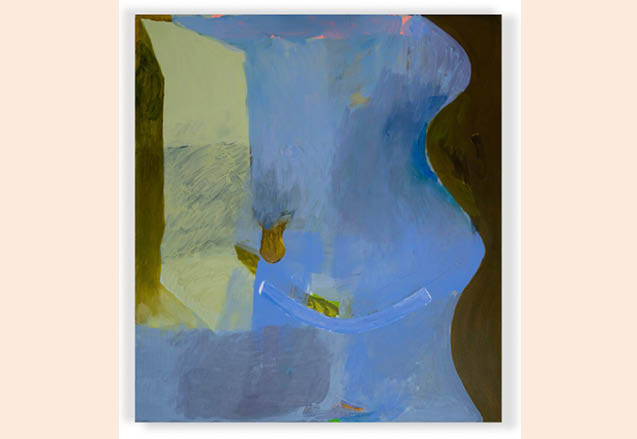

I find smaller galleries intimidating. How can I get over that?
“You can feel like you don’t belong when you start out but there are so many ways into the art world that are more accessible than people might think,” collector Kate Dinon says. Dinon is managing director of highly regarded PR agency Character and Distinction; her art-filled Melbourne office featured in Vogue Australia last year.
Graduate art shows and events like Sydney Contemporary, the Affordable Art Fair and the NGV Triennial are among Dinon’s favourite events, as well as fundraiser auctions at West Space gallery in Collingwood and First Draft in Sydney, which showcases experimental contemporary art. “I’ve found these to be great places to acquire works from artists I like at affordable prices.”
I’ve found a work I like. How can I find out how much it costs?
Kushnir says that while things are slowly changing, for the most part galleries only provide artwork prices upon request.
“It’s really a matter of you having to email the gallery and ask for a price list. That can be quite an intimidating process and it’s not the most accessible way things are done but it is slowly changing.”
I’ve found an artist I like but they don’t have any works for sale. Do I have to wait until their next exhibition to make a purchase?
Not necessarily. If you’ve found an artist you want invest in, it’s worth reaching out to the gallery that represents them or to the artist directly via Instagram and ask if it’s possible to commission a work.
As Kate explains, “Most artists make a body of work for a show and they might not have another for 12 months, so commissions are a really great alternative.” You can set your price and discuss with the artist their previous works that you like, from colours to subject and motifs.
I don’t understand the pricing of artwork. Is there a method to how much a piece costs?
Understanding why art costs what it does can be baffling. But both Dinon and Kushnir say the primary considerations are size, CV and the valuation placed on the art by the gallery hosting an exhibition.
“Generally, the gallery will decide on the price point, which starts off modestly and rises slowly over time,” says Kushnir, adding other important factors include where the artist has shown and if their work is owned or displayed by public collections, reputable galleries and collectors.
“Size is also a big factor,” adds Dinon, explaining that a general rule is the bigger the artwork, the higher the price. The solution? “Collect smaller works by established artists. It’s a great way to start.”
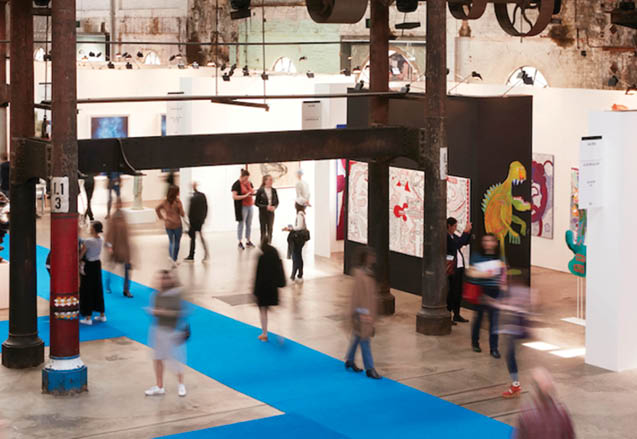

Where else can I buy art outside galleries or directly from artists?
While a too-good-to-be-true offer from a mysterious eBay seller might seem like a good idea, the safest place to buy pre-owned art in Australia is still through auction houses.
“With auction houses, you know the work has been vetted and handled by someone who knows the industry,” says Kushnir. “It’s not necessarily fool-proof, but at least if you go to a reputable house they do their due diligence and will list where the artwork came from.” Smaller auction houses like Leonard Joel are a smart choice.
When it comes to Indigenous art online, ensuring the works are authentic and the purchases are ethical is critical. The Indigenous Art Code recommends asking these seven questions before making any online purchases to ensure the works are legitimate and artists are accurately credited for their works.
Is art a guaranteed return on investment?
Like cryptocurrency, property and every other form of investing, there’s risk involved in buying art. For Dinon, it’s about “investing in things you want to have around you every day.”
But if you want to make a purchase that could see a long-term return, she recommends buying from artists with established careers. “That’s a much surer and safer choice,” she says.




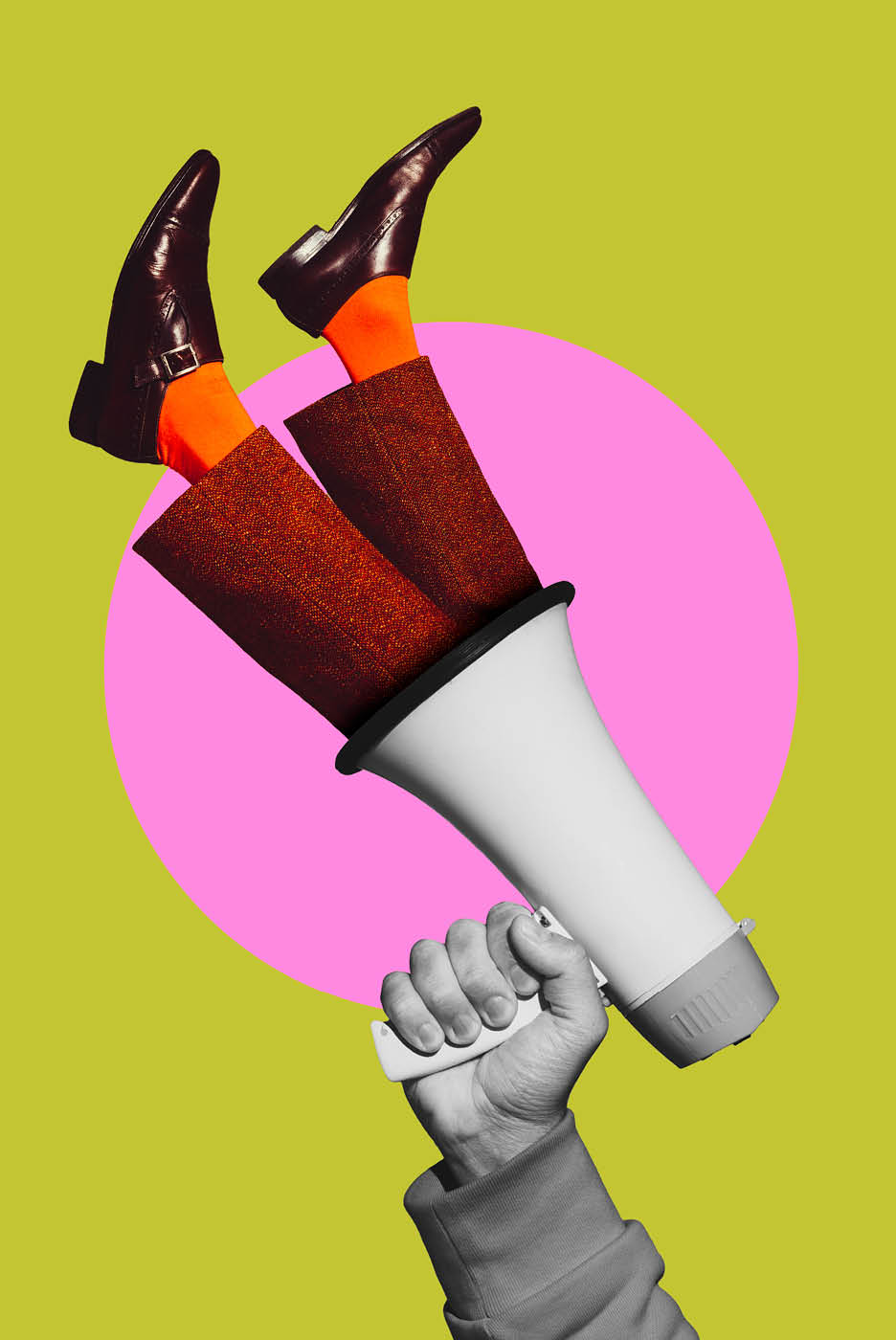



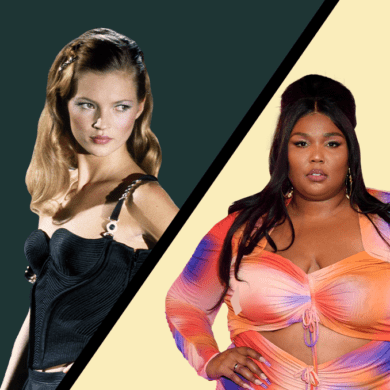
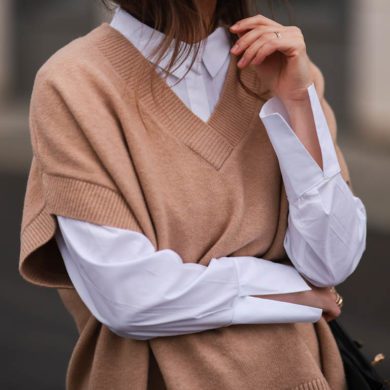
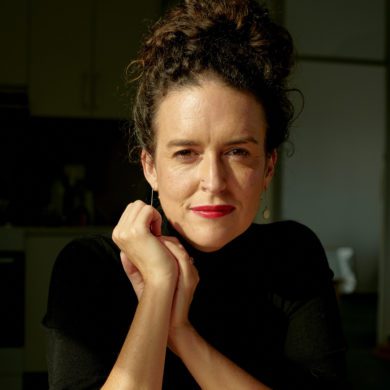
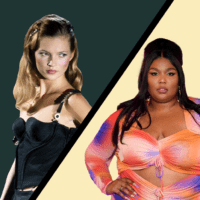

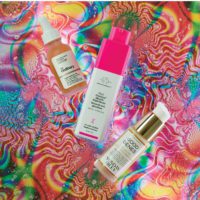
No Comments